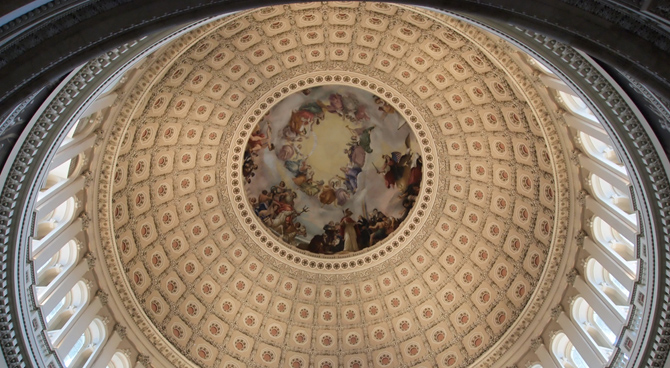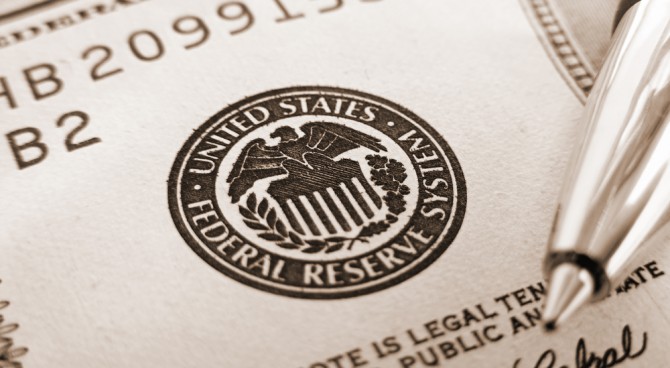‘Robber barons’ of the 19th and 21st centuries enrich, not exploit, the poor and middle class.
May 7, 2023 4:29 pm ET
Everything old is new again, and blaming the rich for America’s woes is no exception. The rise of progressivism before the turn of the 20th century was fueled by the perception that “robber barons” of industry and finance had earned their fortunes from their monopoly power that allowed them to exploit the poor and middle class. That era has been damned with a pejorative label: the Gilded Age.
That thinking has re-emerged in the Democratic Party today, though this time it has its sights set on our economy’s tech giants. In both cases, the underlying economic claims are at variance with the facts. The wealth created by industrialization, modern finance and communication has reduced poverty, elevated material well-being and promoted general prosperity. Economic growth isn’t a zero-sum game.
That hasn’t stopped popular culture, economists and public education from claiming otherwise. In Washington’s National Portrait Gallery, in a room filled with paintings of the great titans of industry and finance, there is a depiction of the economic journalist Henry George with an accompanying plaque quoting his assessment of the Gilded Age: As the U.S. advances in material and technical progress, he observed, “the rich get richer, the poor grow helpless, the middle class is swept away.”
More than a century later French economist Thomas Piketty concluded that the middle class “suffered a setback during the Gilded Age.” Likewise, in the teacher’s guide to his bestselling American history textbook, Howard Zinn writes that “ordinary people who lived through the Gilded Age . . . experienced tremendous hardships and losses. . . . While they got poorer, the rich were getting richer.” Remarkably, these statements were written about a period that by every available economic measure was the beginning of a golden age of material well-being—especially for American workers.
Between 1870 and 1900, America’s inflation-adjusted gross national product expanded by an unprecedented 233%. Though the population nearly doubled, real per capita GNP surged by 90%. Real wages of nonfarm employees grew by 53%, and life’s staples, such as food, clothing and shelter, became more plentiful and much cheaper. Food prices plummeted by 63% and the cost of textiles, fuel and home furnishings fell by 70%, 65% and 70%, respectively. The illiteracy rate fell by 46% and life expectancy rose 12.5%. Infant mortality declined by 17%.
As American capitalism blossomed, some got rich. In 1892 there were 4,050 millionaires, with less than 20% having inherited their wealth. The rest created it and in the process reduced poverty, expanded general societal prosperity, and made it possible for millions of immigrants looking for opportunity and freedom to find both. That mattered little to progressives, who were so obsessed by the 4,050 millionaires that they turned a blind eye to the 66 million Americans whose economic well-being improved faster than any people who had ever lived on earth.
Had the Gilded Age suffered from monopolistic exploitation, as critics claim, output would have fallen and prices would have risen in the monopolized industries. In a 1985 study, economist Thomas DiLorenzo tested that hypothesis for steel, petroleum, railroads and other industries accused of being monopolistic during the debate on the Sherman Antitrust Act of 1890. He found that output in those industries actually increased by an average of 175% from 1880-90—seven times the growth rate of real GNP. On average, prices in the ostensibly monopolized industries fell three times as fast as the consumer price index.
This myth of the Gilded Age in turn produced Progressive Era regulations that proved to be an impediment to competition, as regulation became an “instrument of cartelization,” producing higher prices, poorer services and less innovation. By the 1970s the negative effect of these regulations was so obvious that Sen. Ted Kennedy and President Jimmy Carter led the deregulation of airlines, trucking, railroads, energy and communications. The benefits of overturning Progressive Era regulations included more competition, greater efficiency, more innovation and stronger growth, setting the foundations of contemporary American competitiveness and prosperity.
Proving that no bad idea ever dies, progressivism has been reborn with outcries against billionaires and the tech industry as the new monopolistic “trust” that must be “busted” and regulated. Robert Reich, who served as President Clinton’s labor secretary, has opined that “like the robber barons of the first Gilded Age, those of the second”—the tech giants—“have amassed fortunes because of their monopolies.”
Yet on both claims, with growing inequality and monopoly as its cause, the case for 21st-century progressivism is even weaker than it was in the Gilded Age. Spewing envy at the Fortune 400 billionaires—whose combined after-tax incomes wouldn’t have funded federal, state and local government in 2020 for a week—progressives denounce such people as Bill Gates, who has created hundreds of thousands of jobs and enriched the lives of billions. Today our retirement funds own far more of Microsoft than he does.
Tech production and prices show no signs of the modern tech industry being monopolized. In fact many of their products are free, and the cost of search and text advertising that underwrites much of their revenues has fallen by more than 50% in the last decade. Progressive regulation for 80 years stifled competition, lowered efficiency and drove up prices. Is this an experiment we want to repeat?
Today’s progressive rant that income inequality is an existential threat is unpersuasive and untrue. If we counted all transfer payments such as food stamps and refundable tax credits as income to their recipients and taxes paid as income lost to taxpayers—something the U.S. Census Bureau doesn’t do—we’d find that income inequality is lower today than it was in 1947.
At its root, progressivism is based on a myth and fueled by envy—the same caustic force that has destroyed prosperity and endangered freedom from the time of the ancient Greeks.
Mr. Gramm is a former chairman of the Senate Banking Committee and a nonresident senior fellow at the American Enterprise Institute. Ms. Shlaes is author of “Great Society” and “The Forgotten Man.”
Correction
An earlier version misstated the 1870-1900 decline in food prices.





